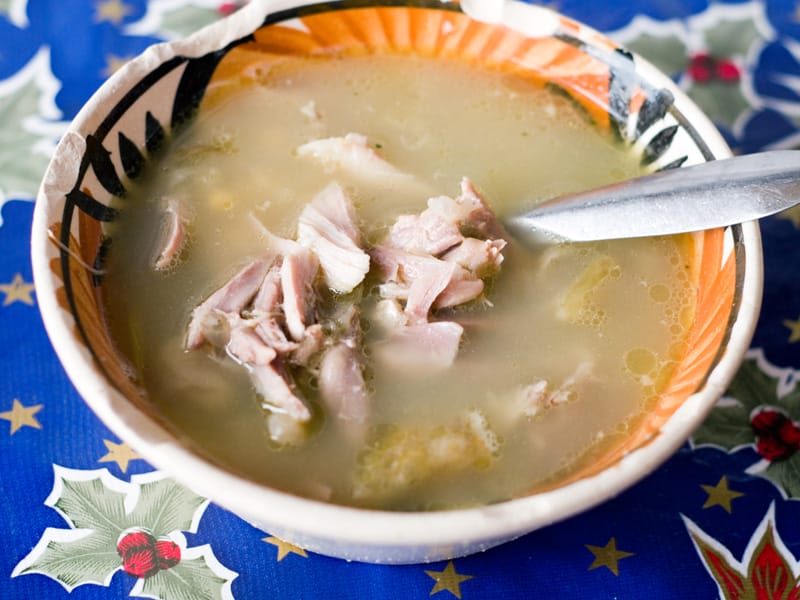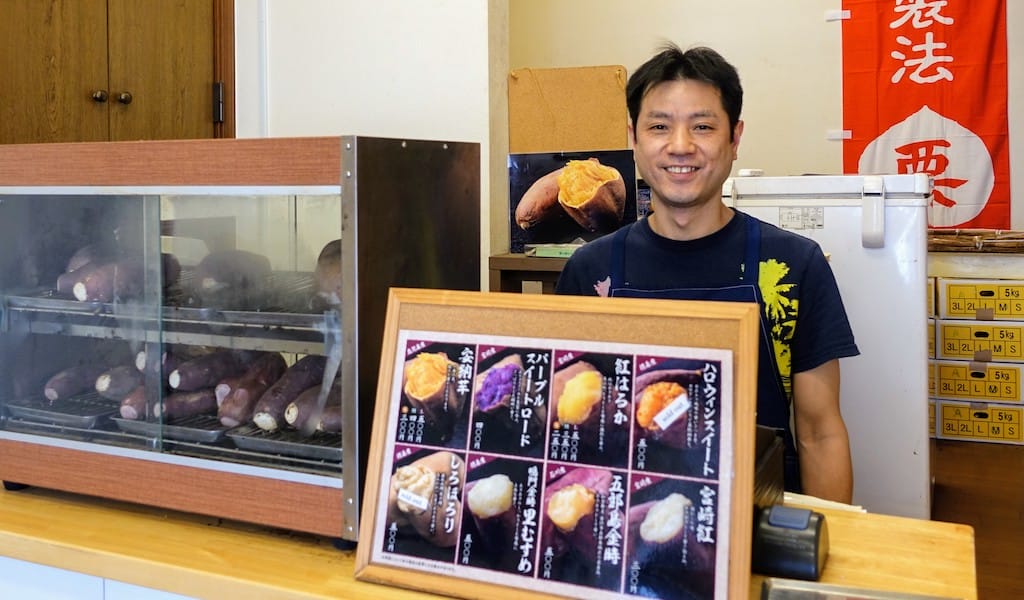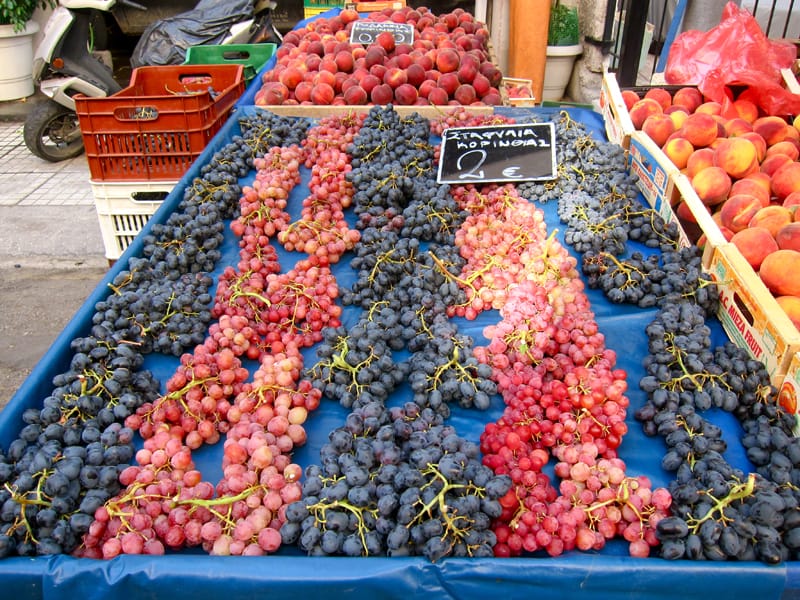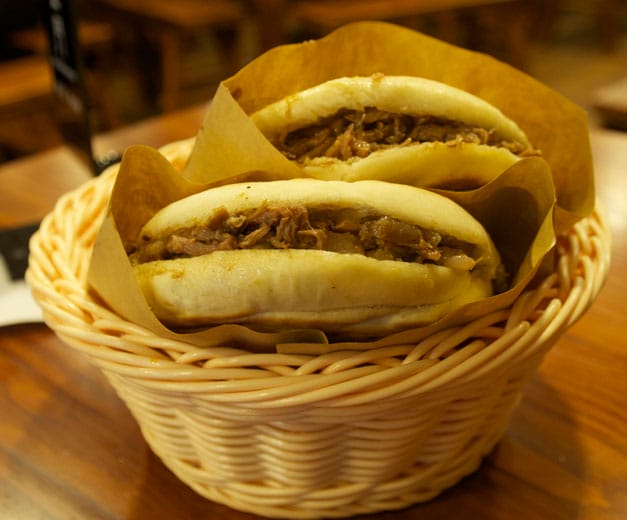Caldos de Gallina Luis – which a friend had been raving about to us for months before we finally made it there – is essentially a street food stand that has been trussed up to look more like a sidewalk café. Just a short walk from the Insurgentes metro stop, the venue is located on a side street next to a parking lot and opposite a sex shop, the glowing neon of the shop’s sign casting its pink light over pedestrians walking by.
Tables and stools line the sidewalk underneath a red plastic roof and “walls” that wrap around the dining area, providing protection from the elements (just barely). A small white building with an attached counter makes up the kitchen and a second eating area for customers. The kitchen is so small we have no idea how the two or three cooks manage not to bump into each other, but they seem to have been doing it long enough to figure out how to make it work.
The place is run by the Granados family from Michoacán, a western Mexican state best known for its carnitas, a popular taco filling made with bits of tender pork meat that’s been either fried or steamed. Despite the owners’ roots, Caldos de Gallina’s menu has no carnitas on it, instead focusing on two main dishes – soup and enchiladas – made with hen meat. Brought in fresh, the hens (that is, mature female chickens) are cooked whole each morning in large pots filled with the vegetables and broth used in the soup. The combination of the broth and the long cooking time (usually several hours) leaves the hen meat very juicy and extremely tender, with a rich flavor not unlike that of dark chicken meat.
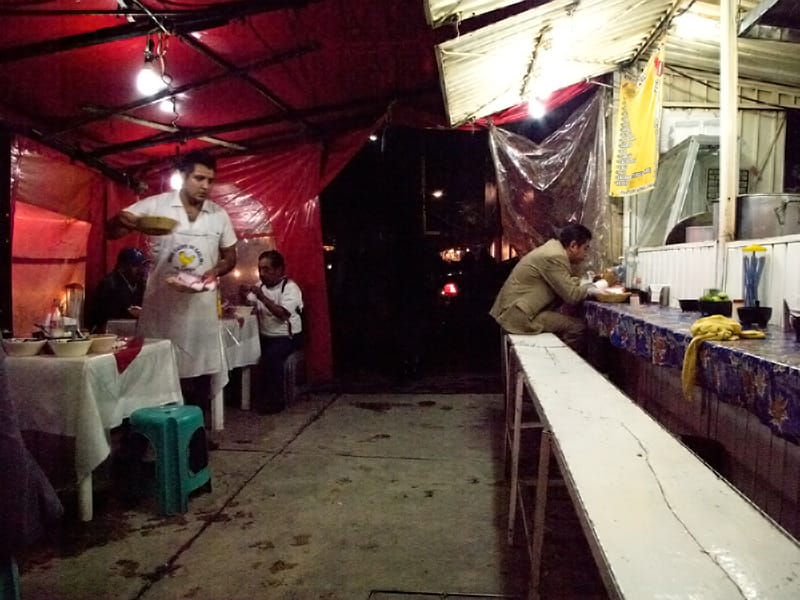
While the venue’s namesake caldos de gallina, or “hen soup,” is tasty in its own right, it’s the enchiladas here – made from corn tortillas that are handmade in the kitchen and then rolled around shredded pieces of that very tasty and tender hen meat – that really get us going. Because almost all enchiladas are made with the same base of tortilla and meat, the salsa they are served with becomes the defining element that makes or breaks the dish. Caldos de Gallina Luis serves their “hen-chiladas” with two types of sauces: mole and salsa verde. Mole can be made from a vast array of ingredients and hence can come in a wide variety of colors and flavors. The stuff at Caldos is mole negro, or “black mole,” one of the most common types; it gets it color from the addition of chocolate into the mix, giving it a sweet and savory flavor that few can resist. Though this sweetness can sometimes be overpowering, that wasn’t the case with the mole negro we tried at Caldos de Gallina. It was the perfect blend of chocolate, chilies and spices, fully complemented by the sour cream, onions and light grating of cheese that topped our enchiladas.
But the salsa verde at Caldos, which was spicier than the mole, may truthfully be one of the best we’ve ever tasted. Made from tomatillos (a relative of the tomato with a green husk), onions and hen stock, the recipe is a closely guarded secret. (Our friend once asked for the recipe and was given such a stare as to be driven into ashamed silence!) In our view, these enchiladas were the clear winner of the two. We scraped up every last bit of sauce on our plates with bolillos, white-bread rolls that came in a small basket with the enchiladas.
Caldos de Gallina Luis may be named for a soup, but it’s the enchiladas that put this food stand – which is open 24 hours a day, seven days a week – on the map. We have yet to visit the place when it was not full of happy diners, eating in the glow of pink neon and enjoying another meal in a city that so often offers surprising culinary delights where you might least expect to find them.
This review was originally published on October 25, 2012.
 June 28, 2019 Fuji Yakiimo
June 28, 2019 Fuji Yakiimo
Sweet, fluffy and incredibly habit forming, yakiimo (roasted sweet potatoes) are an […] Posted in Tokyo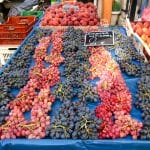 September 6, 2012 Move Over, Ouzo
September 6, 2012 Move Over, Ouzo
During her travels this summer, Culinary Backstreets’ roving photographer seemed quite […] Posted in Athens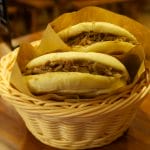 May 12, 2014 Zhu Que Men
May 12, 2014 Zhu Que Men
Unwieldy English restaurant names often lose a lot in translation. Take Zhu Que Men, or […] Posted in Shanghai
Published on June 11, 2013
Related stories
June 28, 2019
Tokyo | By Lily Crossley-Baxter
TokyoSweet, fluffy and incredibly habit forming, yakiimo (roasted sweet potatoes) are an autumnal treat loved throughout Japan. But in a small corner of Setagaya, Tokyo’s largest ward, a dedicated shop bakes them year-round. Kept busy by a steady stream of visitors, all clutching tell-tale paper bags, Fuji has a national take on a traditional snack.…
September 6, 2012
AthensDuring her travels this summer, Culinary Backstreets’ roving photographer seemed quite taken with the luscious-looking grapes she saw in Athens street markets (pictured). While Greek grapes are not just for eating – this is, after all, the land of Dionysus, the ancient god of wine – in modern times the aniseed-flavored spirit ouzo has been…
May 12, 2014
ShanghaiUnwieldy English restaurant names often lose a lot in translation. Take Zhu Que Men, or “The Gate of the Vermillion Bird.” The name, which draws on Chinese astrology and Taoism, might seem a little highfalutin’ for a home-style noodle joint, but the subtext speaks volumes. Ancient Chinese scientists paired an animal with each directional point…







































